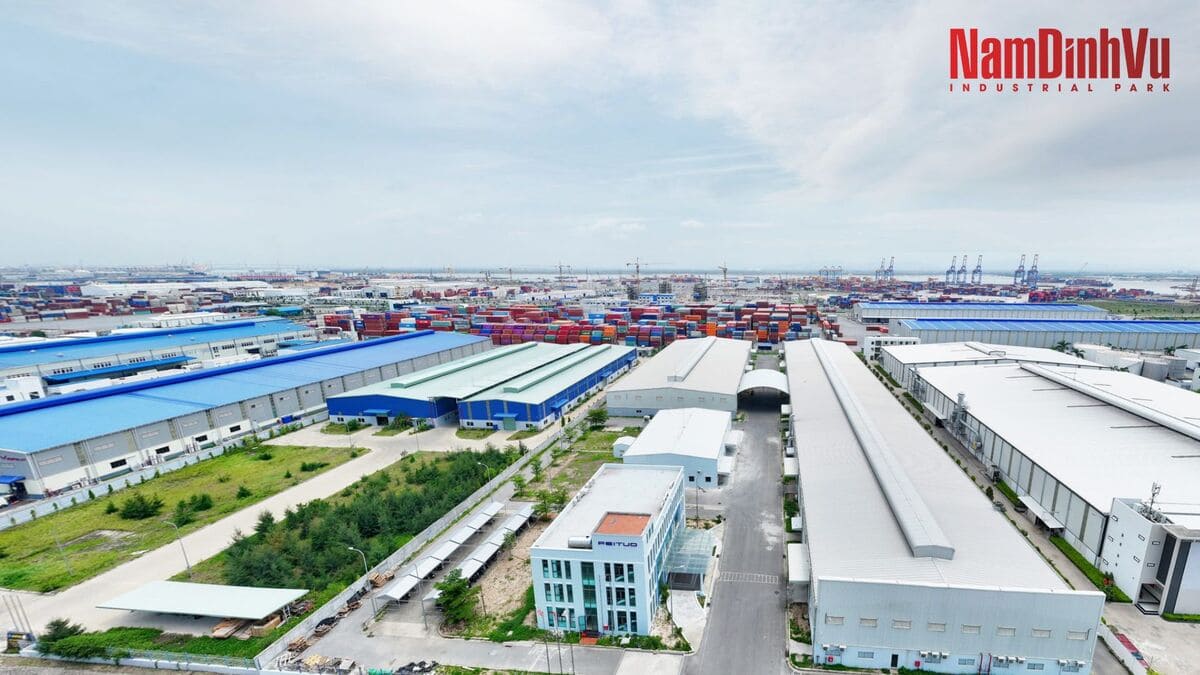Factory Lease in Vietnam
As businesses enter or expand operations in Vietnam, one of the key strategic decisions involves choosing the right type of factory lease—short-term or long-term. Each option comes with its own benefits and risks, depending on your company’s scale, growth plans, and business model.
Understanding Short-Term vs. Long-Term Factory Leases
Factory leases in Vietnam generally fall into two main categories: short-term and long-term, each serving different business needs and strategies.
- A short-term factory lease: usually spans from six months to three years. This leasing option is ideal for companies that are entering the Vietnamese market for the first time, managing seasonal production, or conducting pilot projects. The key advantage of short-term leasing is its flexibility—it allows businesses to test the market and adjust quickly without being tied to a long-term commitment.
- A long-term factory lease: typically lasts five years or more and is well-suited for established companies with stable operations and long-term production plans. This type of lease provides a high level of operational stability, allowing businesses to invest confidently in infrastructure, equipment, and workforce training. It is a strategic choice for companies seeking to integrate their factory space into their long-term supply chain and growth strategy.
Advantages and Disadvantages of Each Option
When choosing between short-term and long-term factory leases in Vietnam, businesses must weigh the benefits and limitations of each based on their operational goals.
- A short-term lease: offers significant flexibility, making it easier for businesses to adjust production plans, scale operations, or relocate quickly in response to market changes. With lower initial infrastructure investment, it also reduces financial risk—particularly beneficial for companies in trial phases or exploring different industrial zones. However, this flexibility often comes at a cost: monthly rental rates are typically higher, and landlords may be less willing to allow facility customizations. Additionally, short-term tenants face the risk of early lease termination or non-renewal, which could disrupt operations.
- A long-term lease: provides greater operational stability and often leads to cost savings over time. It also makes it easier to negotiate facility upgrades tailored to specific production needs. For businesses focused on building a long-term presence, this lease structure supports brand development and supply chain integration. Still, it comes with reduced adaptability—if market conditions shift, long-term tenants may find it difficult to scale operations quickly. Exiting the lease early can also result in financial penalties or legal complications.
Key Factors to Consider Before Deciding
When selecting between a short-term or long-term factory lease in Vietnam, businesses should evaluate several core factors to ensure the leasing decision aligns with their strategic and operational needs.
- Business stability and growth plans: A short-term lease is better suited for companies still testing the market or undergoing early-stage development, offering the flexibility to adapt as needed. In contrast, businesses with stable operations and well-defined long-term objectives are more likely to benefit from the consistency and predictability of a long-term lease.
- Investment in machinery and infrastructure: If your business requires significant investment in machinery, custom layout, or long-term factory improvements, a long-term lease is the more appropriate choice. On the other hand, companies with lightweight or mobile operations—such as assembly, packaging, or distribution—can operate effectively under short-term lease arrangements with minimal infrastructure commitment.

- Location and supply chain access: Regardless of lease length, proximity to transportation hubs, labor pools, ports, and suppliers is critical. However, long-term leases are more advantageous for businesses that rely on a stable and integrated supply chain, allowing them to invest confidently in logistics planning and long-term workforce development.
- Total cost of leasing: Beyond monthly rent, companies must consider the full spectrum of leasing costs—including taxes, maintenance, utility upgrades, fit-out investments, and potential penalties for early termination. Short-term leases may involve higher monthly payments, while long-term agreements carry the risk of sunk costs if operational needs change.
- Legal and regulatory compliance: Some industries, such as food processing or electronics manufacturing, require strict compliance with environmental, fire safety, or zoning regulations. These certifications often take time to obtain and are better supported under long-term leases, where landlords are more involved in facilitating compliance.
- Space requirements: The leased facility must match the actual needs of the operation. Leasing a space too small can hinder production, while an overly large space may lead to wasted resources. Short-term leases may allow for more experimentation, but long-term leases should be aligned closely with accurate capacity planning and workflow efficiency.
Who Should Choose Which Option?
Choosing between a short-term or long-term factory lease in Vietnam largely depends on the nature of your business, production scale, and financial strategy. Each lease type aligns better with certain business models and operational priorities.
A short-term lease is ideal for startups, businesses in pilot production phases, or companies with seasonal demand. These businesses typically require flexibility to test operations, shift locations, or scale quickly with minimal upfront costs. It’s also a good fit for budget-conscious enterprises that want to minimize long-term financial commitments while evaluating market opportunities.
In contrast, a long-term lease is best suited for companies engaged in large-scale, stable production or those that hold long-term export contracts. These businesses benefit from operational consistency and infrastructure stability. Long-term leases are also recommended for operations involving heavy machinery or high-value infrastructure investments, where frequent relocation would be cost-prohibitive and disruptive.
In conclusion, choosing between a short-term or long-term factory lease in Vietnam is not merely a real estate decision—it’s a strategic move that impacts production, finances, and market success. To make the right decision, companies should thoroughly assess their operational needs, growth outlook, budget, and regulatory requirements.
The right lease structure can reduce risk, improve efficiency, and support long-term success in the dynamic Vietnamese market.
Source: Core5
